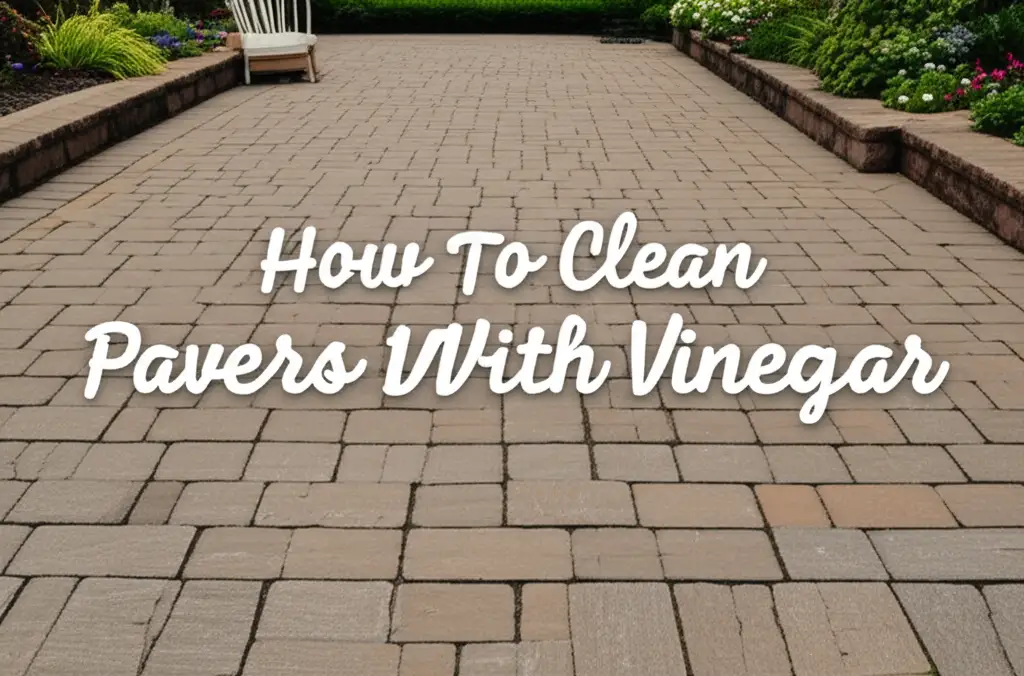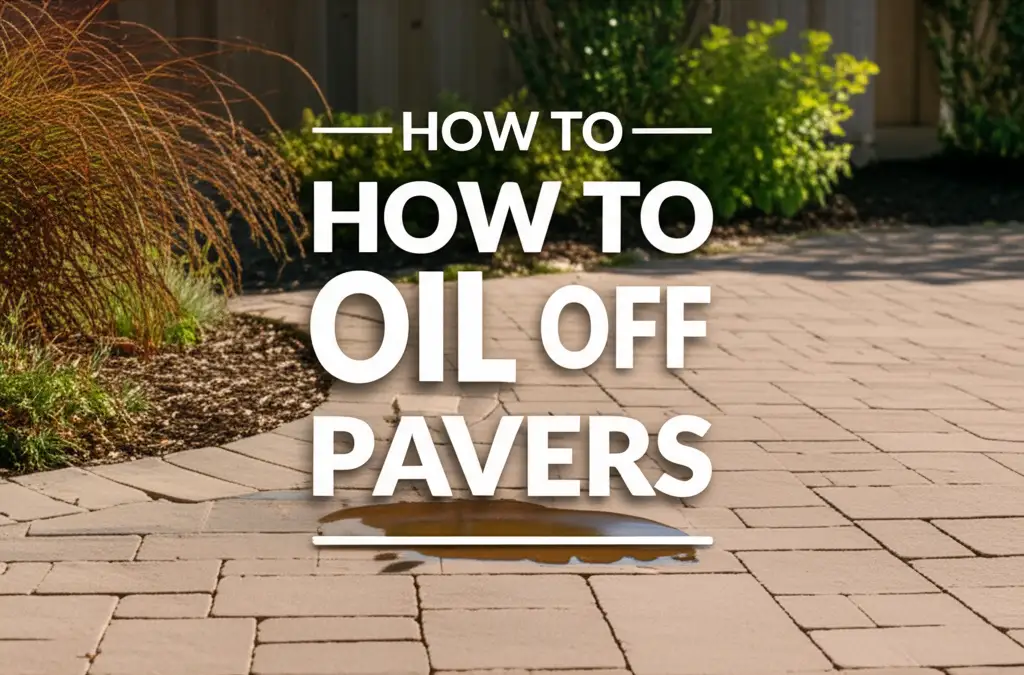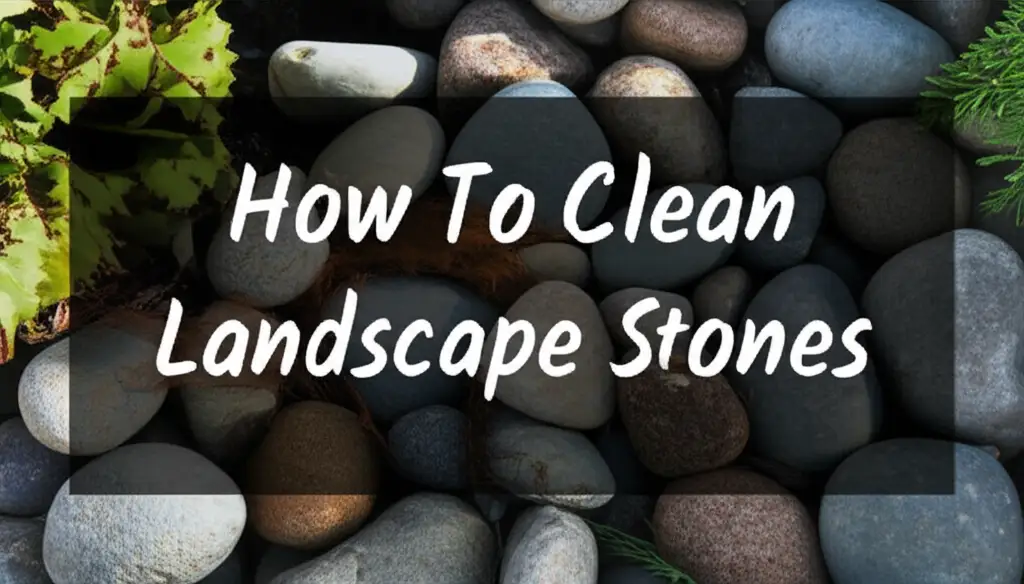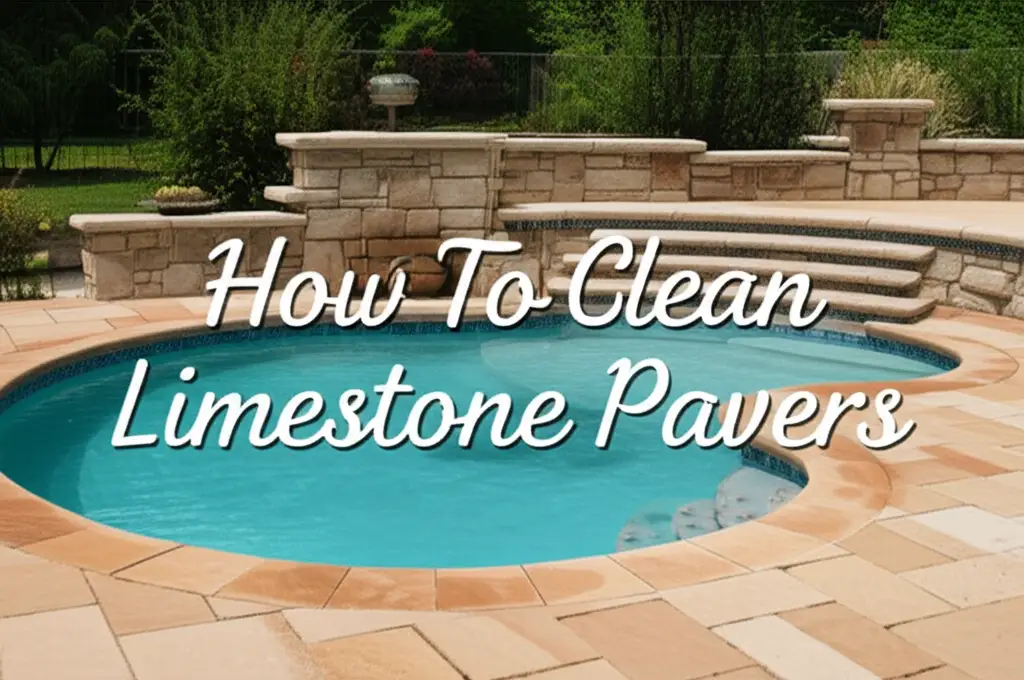· Outdoor Cleaning · 6 min read
How To Clean Bluestone Pavers
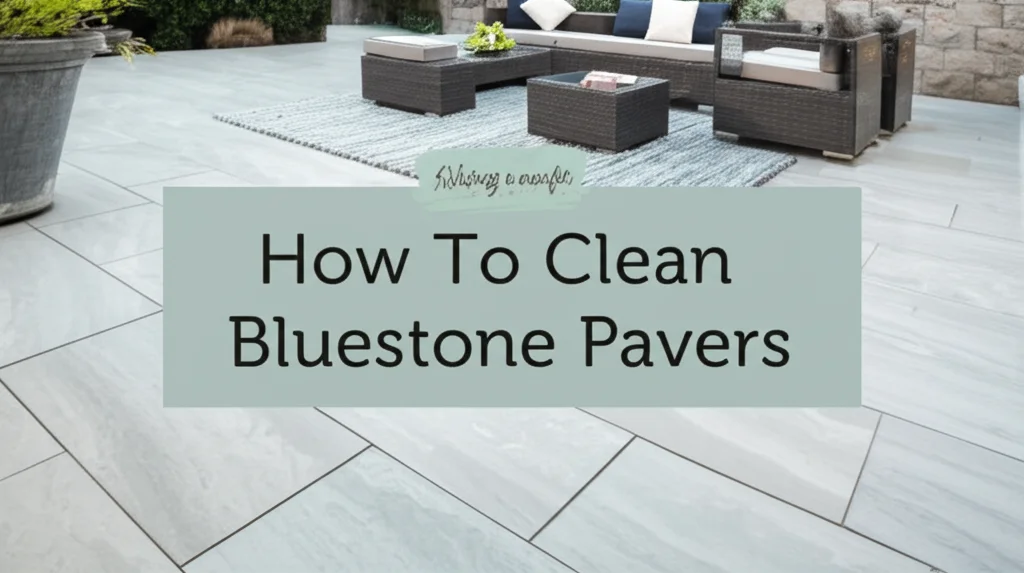
Revitalize Your Patio: How To Clean Bluestone Pavers
Have you noticed your beautiful bluestone pavers looking a little dull? Don’t worry, restoring their natural elegance is easier than you think! Bluestone pavers, known for their rich color and durability, can accumulate dirt, algae, and stains over time. This guide will walk you through everything you need to know about how to clean bluestone pavers, keeping your outdoor spaces looking their best. We’ll cover everything from routine cleaning to tackling stubborn stains, ensuring your patio or walkway remains a stunning focal point. Let’s get started and bring back the beauty of your bluestone!
Takeaway:
- Regular sweeping and rinsing prevent buildup.
- Mild detergent and water are often sufficient for cleaning.
- Specific stain removal techniques address different issues.
- Sealing protects bluestone and simplifies future cleaning.
What’s the quickest way to clean bluestone pavers?
A simple sweep to remove loose debris, followed by a rinse with a garden hose, is often enough for routine cleaning. For more thorough cleaning, use a mild detergent mixed with water and a scrub brush. Always test in an inconspicuous area first!
Understanding Bluestone & Cleaning Needs
Bluestone is a type of sandstone, prized for its unique color variations and natural texture. It’s a relatively porous stone, meaning it can absorb liquids and harbor dirt. Understanding this porosity is key to effective cleaning. Different finishes – honed, flamed, or natural cleft – also impact cleaning methods. Honed bluestone, with its smooth surface, requires gentler cleaning than natural cleft, which has more texture. Knowing your bluestone’s finish will help you choose the right cleaning approach. Regular cleaning prevents the buildup of grime and makes future maintenance much easier.
Routine Cleaning: Keeping Your Pavers Looking Great
Consistent, simple cleaning is the best way to maintain your bluestone pavers. Start with a good sweep using a broom with stiff bristles to remove leaves, dirt, and other debris. This prevents organic matter from breaking down and causing stains. Next, rinse the pavers with a garden hose. For a deeper clean, mix a mild dish soap with warm water. Apply the solution with a scrub brush, working in circular motions. Avoid harsh chemicals or abrasive cleaners, as these can damage the stone. Finally, rinse thoroughly with clean water.
Tackling Stubborn Stains on Bluestone
Sometimes, a simple wash isn’t enough. Different types of stains require different approaches. Here’s how to handle some common culprits:
Oil & Grease Stains
Oil and grease can be particularly challenging. First, blot up as much excess oil as possible with paper towels. Then, create a paste of baking soda and water. Apply the paste to the stain, cover with plastic wrap, and let it sit overnight. The baking soda will absorb the oil. Remove the plastic wrap and scrub the area with a brush and warm, soapy water. Rinse thoroughly. For really stubborn stains, consider a commercial degreaser specifically designed for stone.
Algae & Mold Growth
Algae and mold thrive in damp environments. Mix a solution of water and white vinegar (a 1:1 ratio). Spray the solution onto the affected areas and let it sit for 15-20 minutes. Scrub with a brush and rinse thoroughly. You can also use a commercial algae and mold remover, but always follow the manufacturer’s instructions. Preventing moisture buildup through proper drainage is crucial to avoid future growth.
Rust Stains
Rust stains can be unsightly. You can try using a commercial rust remover specifically formulated for stone. Alternatively, create a paste of lemon juice and baking soda. Apply the paste to the stain, let it sit for 30 minutes, and scrub with a brush. Rinse thoroughly. Be cautious when using acidic cleaners like lemon juice, as they can etch the stone if left on for too long.
Wine & Food Stains
These stains can often be removed with a mixture of hydrogen peroxide and water. Apply the solution to the stain, let it sit for a few minutes, and blot with a clean cloth. Repeat as needed. For more stubborn stains, try a poultice made of baking soda and hydrogen peroxide. Apply the poultice, cover with plastic wrap, and let it sit overnight.
Deep Cleaning with a Pressure Washer (Use with Caution!)
A pressure washer can be effective for deep cleaning bluestone pavers, but it must be used with extreme caution. High pressure can damage the stone, especially if it’s honed or has loose joints. Use a wide-angle nozzle and keep the pressure relatively low. Always test in an inconspicuous area first. Work in a sweeping motion, avoiding prolonged exposure to any one spot. After pressure washing, rinse thoroughly to remove any remaining debris. If you’re unsure, it’s best to avoid using a pressure washer altogether.
Protecting Your Investment: Sealing Bluestone Pavers
Sealing your bluestone pavers is a great way to protect them from stains and make future cleaning easier. A sealant creates a barrier that prevents liquids from penetrating the stone. There are different types of sealants available, including penetrating sealants and topical sealants. Penetrating sealants soak into the stone, providing long-lasting protection without altering the appearance. Topical sealants create a film on the surface, offering a higher level of protection but potentially changing the stone’s look. Follow the manufacturer’s instructions carefully when applying a sealant.
Frequently Asked Questions About Cleaning Bluestone
Q: Can I use bleach to clean my bluestone pavers?
A: Avoid using bleach, as it can discolor the stone and damage the surrounding environment. Opt for milder cleaning solutions like dish soap and water or vinegar and water.
Q: How often should I seal my bluestone pavers?
A: The frequency of sealing depends on the type of sealant used and the level of exposure to the elements. Generally, resealing every 2-3 years is recommended.
Q: What’s the best way to remove efflorescence (white salt deposits) from bluestone?
A: Efflorescence can be removed with a solution of water and muriatic acid (follow safety precautions carefully!). Alternatively, a commercial efflorescence remover can be used.
Q: Can I use a steam cleaner on bluestone pavers?
A: Steam cleaning can be effective, but use caution and avoid prolonged exposure to high heat, especially on honed bluestone. Always test in an inconspicuous area first.
Bringing Back the Shine: A Final Word on Bluestone Care
Cleaning bluestone pavers doesn’t have to be a daunting task. With regular maintenance and the right techniques, you can keep your outdoor spaces looking beautiful for years to come. Remember to start with gentle cleaning methods and only resort to stronger solutions when necessary. Sealing your pavers provides an extra layer of protection and simplifies future cleaning. By following these tips, you’ll enjoy the timeless elegance of your bluestone pavers for many seasons to come. Don’t hesitate to consult a professional stone care specialist if you encounter particularly stubborn stains or are unsure about the best cleaning method for your specific pavers.
- bluestone cleaning
- paver cleaning
- outdoor pavers
- stone cleaning

